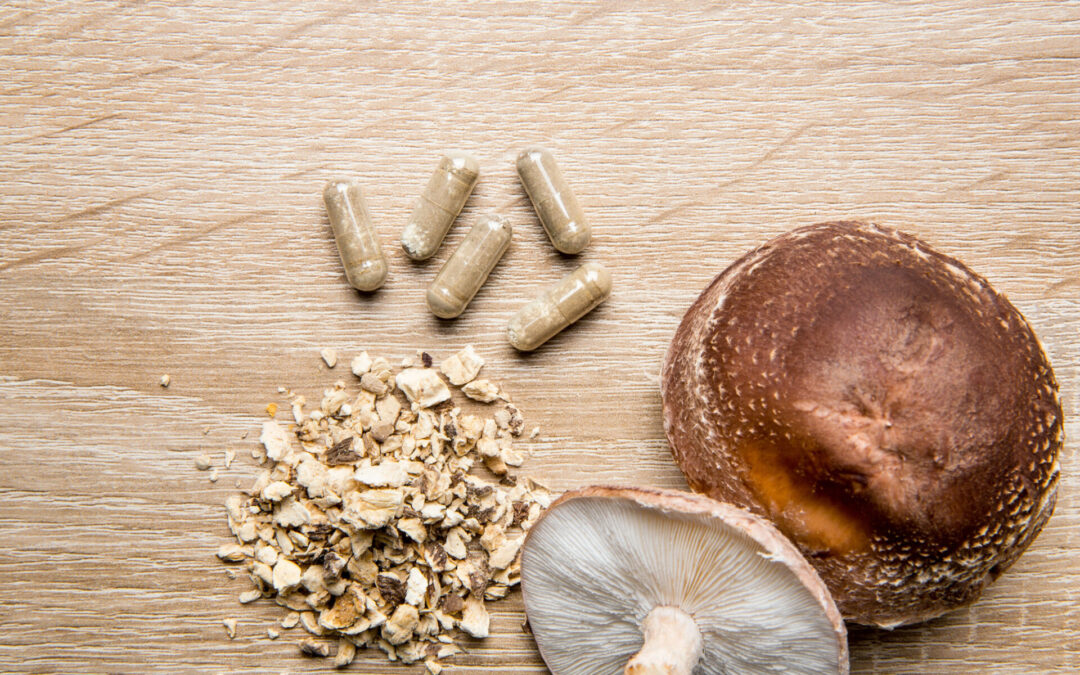Last Updated on December 1, 2025 by Doctors Supplement Store
BPC-157 in Practice: What Functional & Integrative Medicine Providers Should Know

BPC-157 in Practice: What Functional & Integrative Medicine Providers Should Know
BPC-157 in Practice: What Functional & Integrative Medicine Providers Should Know
Educational content for healthcare providers. BPC-157 is not FDA-approved for therapeutic use and should be considered investigational. This article does not diagnose, treat, or prescribe.
Introduction
BPC-157 (Body Protection Compound-157) is a synthetic 15-amino-acid peptide first isolated from gastric juice. Preclinical studies suggest potential roles in soft-tissue repair, gut barrier support, angiogenesis, and neuroprotection. However, human evidence remains limited, and BPC-157 is not FDA-approved for clinical use. Providers increasingly field questions about BPC-157, making it important to understand the current evidence, the types on the market, and the regulatory landscape.
What the Evidence Suggests (So Far)
- Tendon & musculoskeletal: In vitro work shows BPC-157 can increase growth-hormone receptor expression in tendon fibroblasts, consistent with tissue repair pathways.
- Gastrointestinal mucosa: Animal models indicate cytoprotective and pro-healing effects on gastric and intestinal tissues, including angiogenesis-linked repair.
- Overall signal: Reviews summarize broad preclinical benefits but emphasize minimal human data and the need for trials before clinical adoption.
Early human safety: Small pilot data suggest short-term tolerability in limited contexts; this does not establish efficacy or long-term safety.
How BPC-157 May Work (Preclinical Evidence)
Summary: BPC-157 (a 15-amino-acid peptide) shows multi-system activity in animal and in-vitro studies, including effects on angiogenesis, nitric-oxide (NO) signaling, gastro-mucosal integrity, tendon healing pathways, and endothelial function. Robust human mechanism data are not yet available.
1) Pro-angiogenic signaling (VEGFR2 → Akt → eNOS)
- In cell and animal models, BPC-157 increases VEGFR2 expression/internalization and activates downstream Akt-eNOS signaling, supporting endothelial tube formation and blood-flow recovery after ischemia.1
- Narrative reviews of orthopaedic and regenerative applications also highlight BPC-157’s angiogenic signaling as a proposed repair mechanism.2
2) Modulation of the nitric-oxide (NO) system & vascular tone
- Ex vivo aorta studies show BPC-157 modulates vasomotor tone in an NO-dependent manner, likely via Src–Cav-1–eNOS interactions that increase NO generation.3
- Mechanistic reviews discuss BPC-157’s bidirectional effects on angiogenesis/NO—mitigating damaging cascades while supporting protective vascular functions (preclinical context).4
3) Gastrointestinal cytoprotection & mucosal repair
- BPC-157 helps preserve gastric epithelial integrity in classic “Robert’s stomach” injury models and other GI injury paradigms, consistent with cytoprotective actions and microvascular support.5
4) Tendon & connective-tissue pathways (GHR up-regulation)
- In tendon fibroblasts, BPC-157 up-regulates the growth-hormone receptor (GHR) at mRNA and protein levels and augments downstream JAK2 signaling in response to GH—mechanisms consistent with tendon repair biology (in-vitro).6
5) Endothelial and remote-organ protection (preclinical)
- Animal models suggest endothelial stabilization and protection against ischemia/reperfusion-related damage, with signals of liver/kidney/lung protection secondary to improved microvascular function (hypothesis-generating).7
Clinical note: These mechanisms are derived from preclinical models. Human pharmacokinetics, dose–response, and mechanism validation remain limited. Any use should be framed as investigational with appropriate informed consent and outcome tracking.
Types & Delivery Forms You’ll See
1) Injectable (Subcutaneous or Intramuscular)
Used in some sports-medicine and regenerative settings, often near the site of injury. Human efficacy data are limited; if used, document informed consent, sterility, and outcomes. Regulatory note: BPC-157 is not FDA-approved and appears on the WADA Prohibited List (S0 – Unapproved Substances) .
2) Oral (Non-Liposomal)
Standard oral capsules or drops are marketed for convenience, but peptides are prone to enzymatic breakdown in the GI tract. Consistent absorption and systemic availability remain uncertain, and human pharmacokinetic data are lacking.
3) Liposomal (Oral)
Some manufacturers encapsulate BPC-157 in lipid vesicles to help protect it from digestive breakdown and theoretically improve absorption. While this approach is established for other nutrients, no robust human trials yet demonstrate that liposomal BPC-157 produces superior clinical outcomes compared with non-liposomal forms.
“Liposomal BPC-157 is a high-absorption bioactive amino formula featuring a 15-amino-acid sequence … Delivered in our proprietary liposomal format for enhanced and rapid uptake.”
Safety, Quality, and Compliance
- Regulatory status: BPC-157 is not FDA-approved for therapeutic use in humans. For tested athletes, it is banned by WADA (S0).
- Quality & sourcing: Peptides vary in purity, potency, and sterility. If evaluating products, look for third-party testing, certificates of analysis, and GMP documentation; avoid gray-market “research-only” items in clinical contexts.
- Clinical governance: If a practice elects to explore BPC-157, use informed consent; record source/lot, route, dose, and adverse events; and track standardized outcomes (pain, function, mobility, gut symptoms) over time.
- Whole-person care: Position any peptide within a comprehensive plan (rehab/loading, sleep, nutrition, inflammation management) rather than a stand-alone solution.
Key Takeaways
- Preclinical data on BPC-157 are promising across musculoskeletal and GI models, but human trials are sparse.
- Delivery types include injectable, oral (non-liposomal), liposomal, and topical; bioavailability and outcomes vary, and liposomal advantages remain unproven in humans.
- BPC-157 is investigational, not FDA-approved, and banned by WADA; proceed with caution, quality diligence, and thorough documentation.

How to Set Up Your Free DSS Dispensary
Doctors Supplement Store offers healthcare providers a free, fully managed dispensary to support patients with high-quality supplements. If you plan to offer BPC-related products or other advanced protocols to your clients, you can create a dispensary in just a few minutes.
Click Here to Get StartedRecent Articles

AHCC and Immunity: Evidence-Based Insights into Comprehensive Immune Support
Source: Today's Practitioner From infection protection to disease prevention—how this shiitake mushroom extract offers comprehensive immune support for all your patients. For centuries, shiitake (Lentinula edodes) mushrooms have been a cornerstone of traditional...

Biohacking & Longevity: Functional Tools for Healthy Aging
"A new Ipsos poll conducted on behalf of MDVIP finds most Americans would like to take steps to live healthier for longer, but few are knowledgeable about the different risk factors that could prevent them from doing so".- IPSOS Biohacking blends science,...
© 2024 Doctors Supplement Store | Privacy Statement | Contact Us

